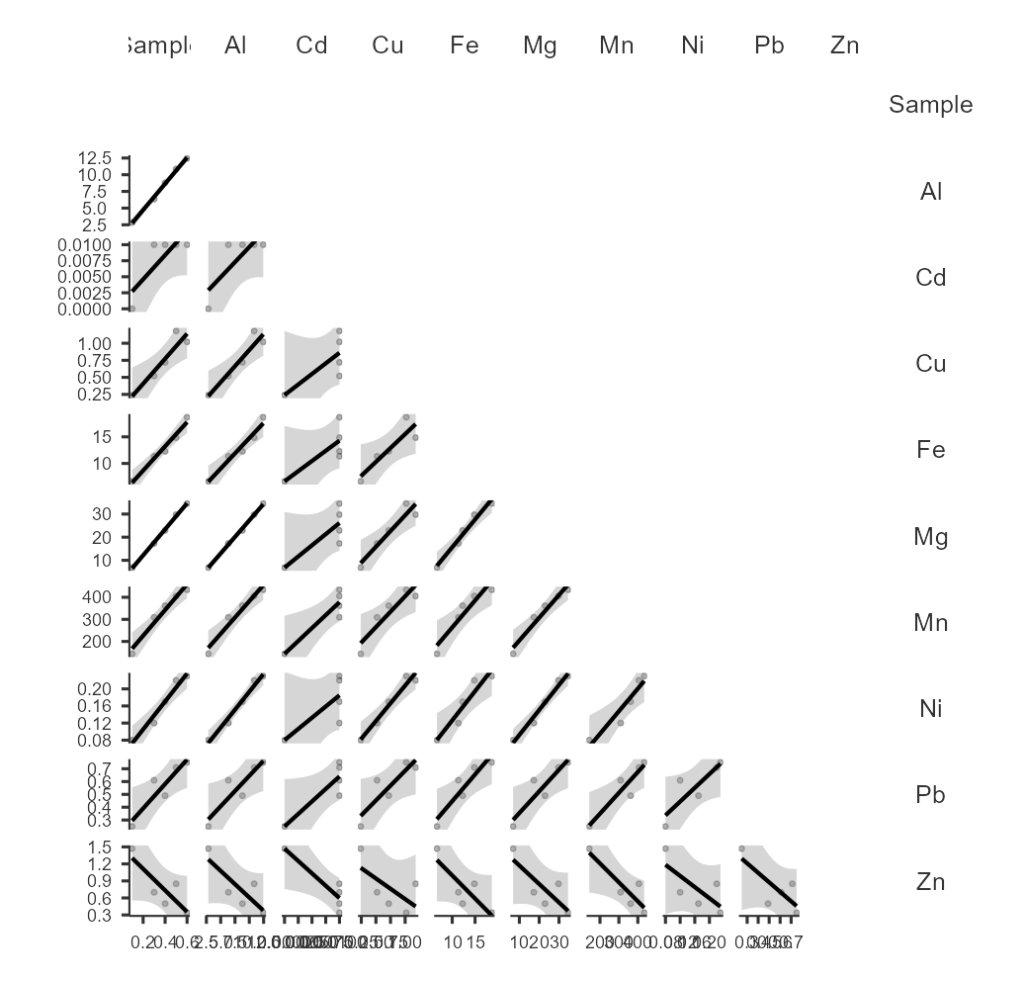Ging, Rowan, Department of Environmental Science and Studies, Juniata College, 1700 Moore Street, Huntingdon, PA 16652, gingre21@juniata.edu; Pelkey, Neil W., Department of Environmental Science and Studies, Juniata College, 1700 Moore Street, Huntingdon, PA 16652, pelkey@juniata.edu; Mathur, Ryan D., Department of Geology, Juniata College 1700 Moore Street Huntingdon PA 16652, mathurr@juniata.edu; Grant, Christopher J., Department of Biology, Juniata College, 1700 Moore Street, Huntingdon, PA 16652, grantc@juniata.edu.
In this study, we developed and refined a methodology for assessing heavy metal bioaccumulation in freshwater mussel shells. Our goal was to refine sample preparation and digestion methods to achieve accurate, consistent measurements across multiple study sites. Given the role of mussels in aquatic ecosystems, it is critical to establish reliable techniques to ensure precise measurement of heavy metals across various study sites.
Our method involved testing incremental sample masses (0.1–0.6 grams) to identify an optimal mass for consistent concentrations of metals. Following standardized acid digestion protocols, samples were analyzed using Inductively Coupled Plasma Optical Emission Spectroscopy (ICP-OES), with calibration curves enabling the precise quantification of metal content.
Preliminary results suggest that a sample mass of 0.2–0.3 grams provides the best consistency across metals, with strong reproducibility. These findings establish a solid foundation for bioaccumulation analysis and are essential for accurately assessing the impacts of anthropogenic activities on freshwater mussel health.
This optimized methodology offers a reliable approach for future studies on bioaccumulation in mussels, supporting broader conservation and environmental monitoring efforts.
Bioaccumulation, Freshwater Mussels, Heavy Metals, ICP-OES Analysis
